
|

|
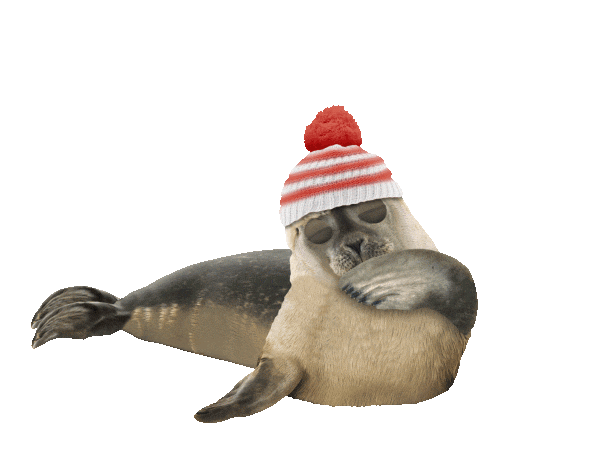
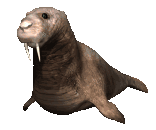
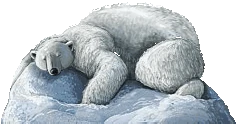


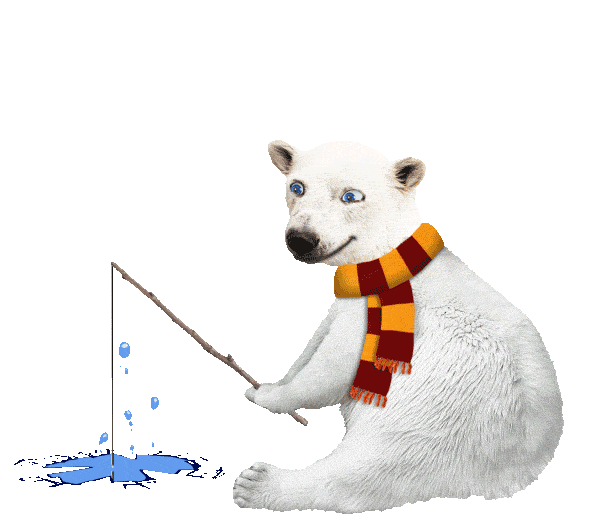

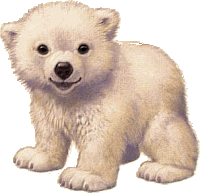
|
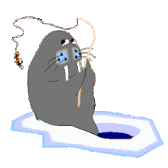
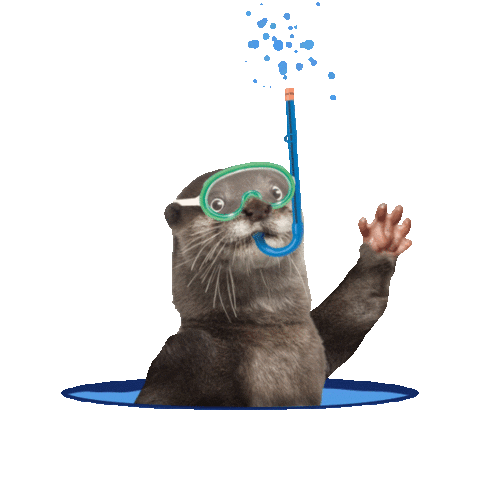

|
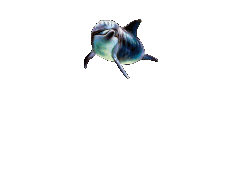


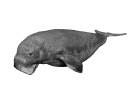
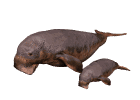




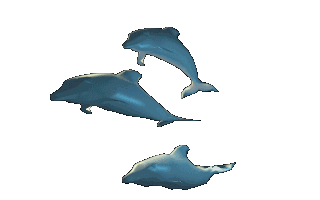

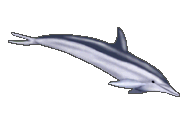


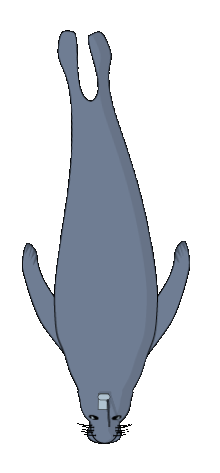
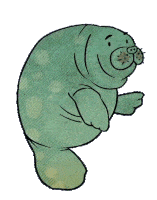



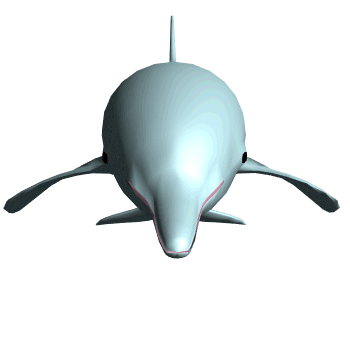


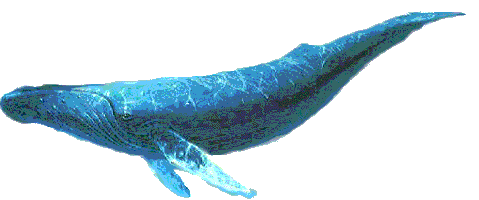
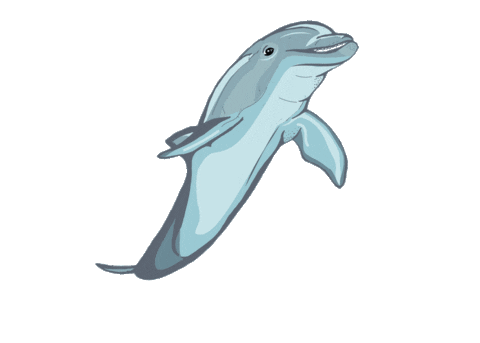




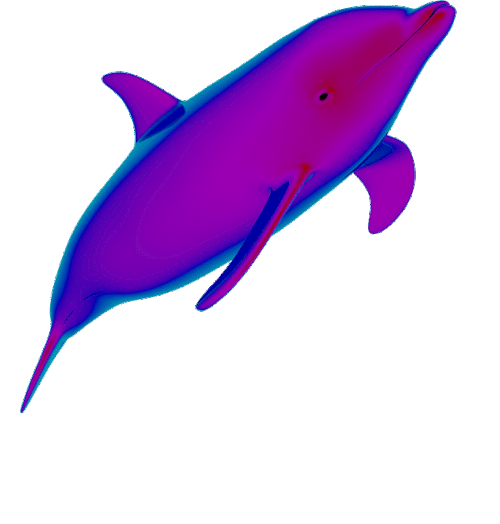





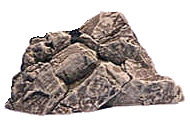

|
The difference between a dolphin and a porpoise has to do with their appearance: dolphins have longer snouts, bigger mouths, more curved dorsal fins, and longer, leaner bodies than porpoises. |
Sea lions are brown, bark loudly, "walk" on land using their large flippers and have visible ear flaps. Seals have small flippers, wriggle on their bellies on land, and lack visible ear flaps. |
Polar Bears have long necks, eat mostly meat, and have a slender build. Brown bears have shorter necks, eat mostly plants, robust build. |
|
|
||
|---|---|---|
| Marine mammals are aquatic mammals that rely on the ocean and other marine ecosystems for their existence. They include animals such as seals, whales, manatees, sea otters and polar bears. Marine mammals form a diverse group of 129 species that rely on the ocean for their existence. They are an informal group unified only by their reliance on marine environments for feeding. Despite the diversity in anatomy seen between groups, improved foraging efficiency has been the main driver in their evolution. The level of dependence on the marine environment varies considerably with species. For example, dolphins and whales are completely dependent on the marine environment for all stages of their life; seals feed in the ocean but breed on land; and polar bears must feed on land. | The term "marine mammal" encompasses all mammals whose survival depends entirely or almost entirely on the oceans, which have also evolved several specialized aquatic traits. In addition, several other mammals have a great dependency on the sea without having become so anatomically specialized, known as "quasi-marine mammals". This term can include: the greater bulldog bat (Noctilio leporinus), the fish-eating bat (Myotis vivesi), the arctic fox (Vulpes lagopus) which often scavenges polar bear kills, coastal gray wolf (Canis lupus) populations which predominantly eat salmon and marine carcasses, the North Ronaldsay sheep (Ovis aries) which normally eats seaweed outside the lambing season, the Eurasian otter (Lutra lutra) which is usually found in freshwater but can be found along coastal Scotland, and others. | Marine mammals have a number of physiological and anatomical features to overcome the unique challenges associated with aquatic living. Some of these features are very species-specific. Marine mammals have developed a number of features for efficient locomotion such as torpedo-shaped bodies to reduce drag; modified limbs for propulsion and steering; tail flukes and dorsal fins for propulsion and balance. Marine mammals are adept at thermoregulation using dense fur or blubber, circulatory adjustments (counter-current heat exchange); and reduced appendages, and large size to prevent heat loss. |